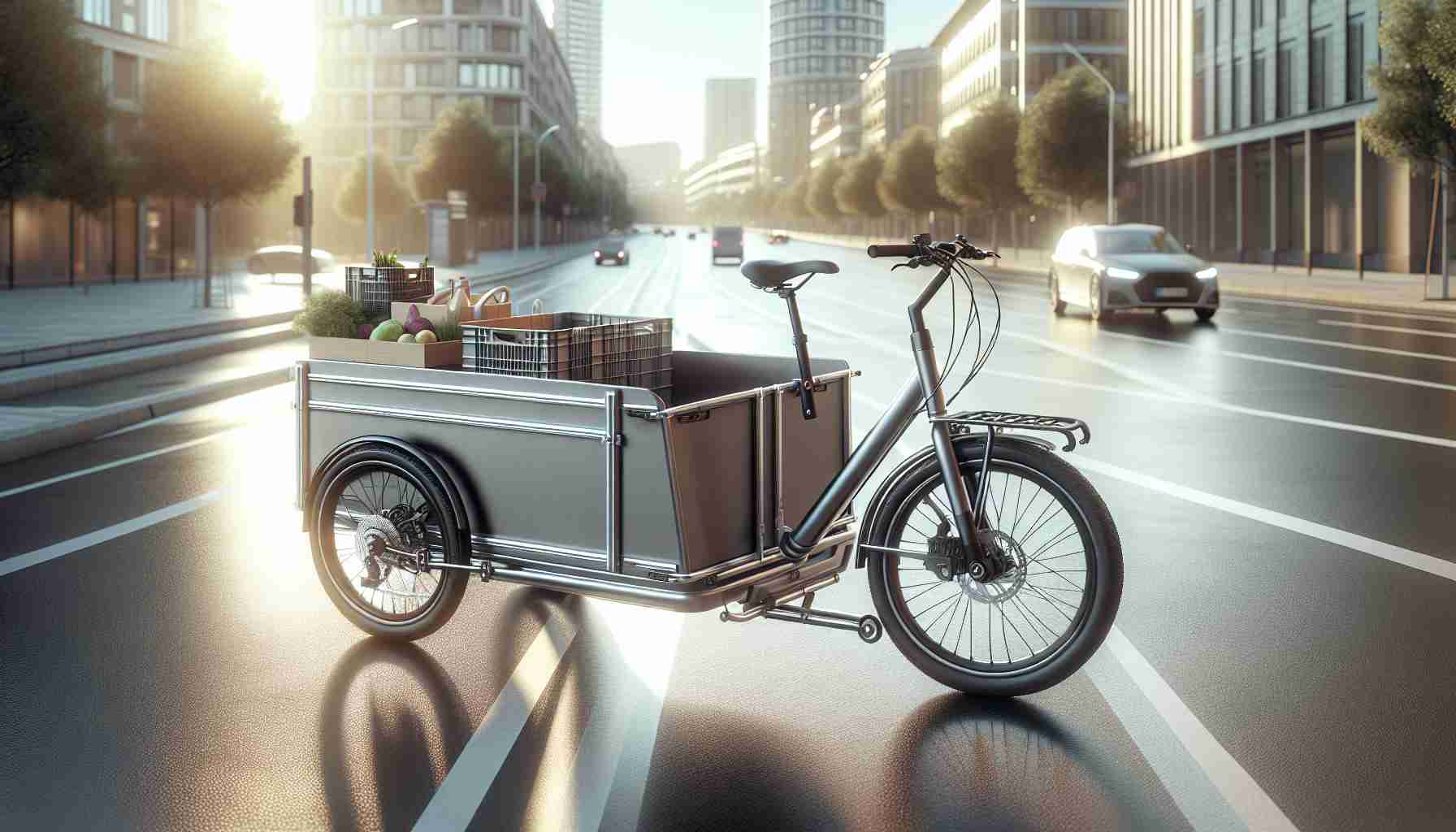Cycling as a means of transportation for families is becoming increasingly common, but what about when it comes to ferrying children to multiple locations for various activities? This is a challenge that many parents face, including myself and my wife, Roisin. We found ourselves in a predicament where the logistics of carting our children around the city for different sports and events were causing headaches.
With our city’s inadequate cycling infrastructure, it wasn’t feasible to let our kids cycle long distances or to different parts of town. Public transportation was unreliable, and the thought of buying a second car seemed daunting, not to mention the financial burden that came with it. The costs of owning another vehicle would include insurance, taxes, fuel, and depreciation, easily exceeding €10,000 per year.
Then we came across a different solution – a cargo bike. Now, I know what you’re thinking, “A bike costing €6,000? How is that justifiable?” Trust me, I had the same initial reaction. However, upon further consideration, it became clear that the benefits of a cargo bike far outweighed the costs.
We had the opportunity to test ride a Trek Fetch 2 model, and it was love at first sight. The bike, equipped with small wheels and a step-through frame, proved to be ideal for both my wife and me. The comfortable riding position, adjustable saddle, and exceptional battery and motor made it a pleasure to ride. But what truly sold us was the capacity and utility of the bike. From a front basket that could carry 10kg of groceries to rear panniers capable of accommodating loads up to 72kg, the cargo bike was a game-changer.
Financially, the Cycle to Work Scheme provided tax incentives for up to €3,000 of the bike’s value and offered manageable monthly repayments at 0% interest. When compared to the ongoing expenses associated with owning a second car, the cargo bike proved to be a more cost-effective and sustainable choice.
Since acquiring our cargo bike over a year ago, we have relied on it daily to transport our children to school, training sessions, and matches. It has also proven invaluable for grocery shopping, collecting bulky items like compost and mulch, and even for campaign activities, like transporting a ladder and posters.
While a cargo bike may not be suitable for everyone, it is clear that it offers a versatile and valuable solution for families seeking an alternative to a second car. Of course, proper infrastructure and improved cycling lanes are crucial to ensure the safety and accessibility of cycling for all. As we continue to advocate for safer and more sustainable active communities, the cargo bike has become an essential tool in our family’s daily life.
Cycling as a means of transportation has seen a significant increase in popularity in recent years. This trend is not only limited to individuals looking for an eco-friendly and healthy way to commute, but also extends to families who are finding cycling as a practical solution for their transportation needs.
The cargo bike industry is booming as a result of this growing demand. Cargo bikes are specially designed bicycles that have the capacity to carry both people and cargo. They come in various configurations, with options for front baskets, rear panniers, and even seats for children. These bikes offer a convenient and sustainable alternative to using a second car in situations where multiple locations need to be visited for different activities.
Market forecasts suggest that the cargo bike industry will continue to experience significant growth in the coming years. This is due to the increasing awareness of the benefits of cycling, not only for personal health but also for reducing traffic congestion and improving air quality in urban areas. As cities invest in improving cycling infrastructure and cycling becomes more mainstream, families are more likely to embrace cargo bikes as a practical transportation solution.
However, there are still challenges that need to be addressed in the cargo bike industry. One major issue is the lack of proper cycling infrastructure in many cities. Inadequate cycling lanes and a scarcity of bike parking facilities can make it difficult for families to use cargo bikes effectively. Advocacy groups and organizations are working towards improving cycling infrastructure to ensure the safety and accessibility of cycling for all.
Another challenge is the perception that cargo bikes are expensive. While it is true that some cargo bike models can be pricey, there are options available at different price ranges. Additionally, programs like the Cycle to Work Scheme mentioned in the article, which provide tax incentives and affordable payment options, make cargo bikes more accessible and affordable for families.
To learn more about the cargo bike industry, its market forecasts, and the challenges it faces, you can visit the following links:
– BikeBiz: This website provides news and insights into the cycling industry, including updates on the cargo bike market.
– Cargo Bike Company: This company specializes in cargo bike sales and has a wide range of cargo bike models available. Their website offers information on the cargo bike market and the benefits of using cargo bikes for families.
– Cycling Industry News: This website provides industry news, market analysis, and forecasts related to the cycling industry, including the cargo bike sector.
By exploring these resources, you can gain a deeper understanding of the cargo bike industry and its potential for providing sustainable and practical transportation solutions for families.






















